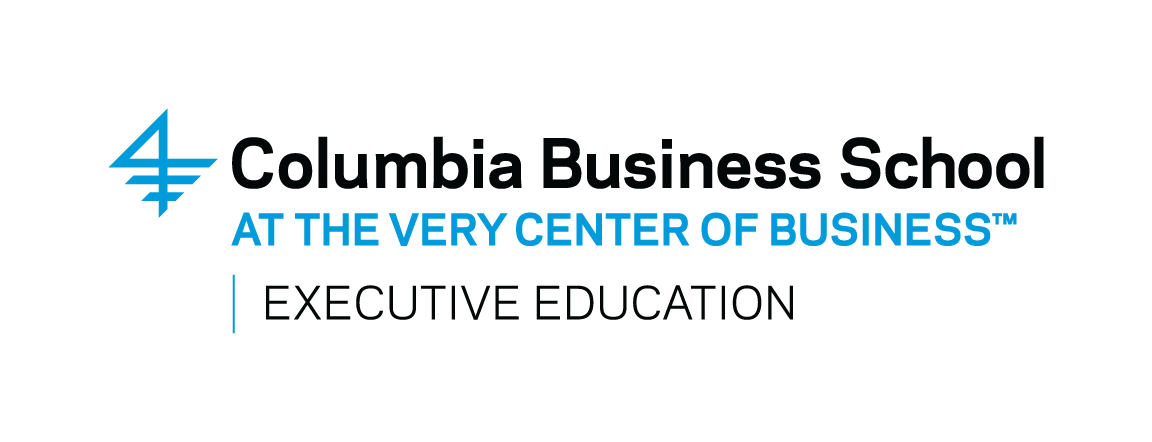- Managing people
Uncovering the Drivers of Gender Inequality
Columbia’s Mabel Abraham examines the root causes of the gender pay gap and the reasons why there are fewer women than men in senior management
The so-called ‘glass ceiling’ is also well-documented, with a notable lack of women, more generally, in boardrooms, the C-suite, and upper management. There are also fewer women in various fields such as science and technology.
But despite proof that gender diversity leads to better outcomes in business and continuing efforts by companies and legislatures to address the issue, why does gender inequality persist?
The reason, I believe, is an overfocus on the surface manifestations of the problem, without a comprehensive understanding of the root causes. For example, we identify the inequality in pay and respond by urging companies to pay women more fairly.
We have to move beyond this approach and search for the underlying mechanisms that explain why gender inequality persists, why women are being paid less, and why there are fewer women in higher-level positions. Understanding these underlying mechanisms—the drivers of gender equality—is a necessary precursor to helping companies develop effective solutions to reverse the gendered patterns with which we are so familiar.
The Gender Bias in Evaluations
An example of an underlying mechanism that drives gender inequality relates to evaluations. More generally, whether applying for a job, vying for a promotion, competing for an award, or garnering credit and recognition, evaluations influence if someone who is being considered will ultimately be selected, overlooked, or passed over. When men are evaluated against women, they are often more likely to be selected, especially in cases where the job or task is more commonly completed by men and there is imperfect information. For example, if a position requires math skills, and the candidates’ skills are difficult to observe perfectly, the decider is likely to assume that men are more proficient in math than women are. This is partly because men are believed to be better in math, and because of this bias, men are more likely to be selected over otherwise equally qualified women.
In my research into evaluations, I searched for conditions under which the performance of the candidates was clearly demonstrated, eliminating the need to rely on biases in making evaluation decisions. In one study, my colleague Tristan Botelho, assistant professor at the Yale School of Management, and I examined an online platform in which investment professionals post stock recommendations for their peers. The users of the platform have access to the name and the performance record of the investment professionals making the recommendations. Our research found that any recommendation from an investment professional with an obviously female name, such as Mary, was 25 percent less likely to attract the attention from peers on the platform than one from a professional with the same performance record but with an obviously male name.
The gender bias disappeared for the highest-performing recommendations (the top 10 percent), confirming the need for women to outperform men substantially before they can receive the same consideration.
However, the results also showed that the bias existed when the platform users—the evaluators in this example—had a large volume of recommendations from which to choose. In other words, gender bias was used as a sorting mechanism when the pool of choices was too overwhelming.
Unpacking the Underlying Mechanisms of Gender Inequality
Understanding this underlying mechanism opens the door to solutions that can prevent future bias. If companies can limit the number of options—whether suggestions, recommendations, candidates, or any other set of choices—that are being considered, they can reduce the likelihood of gender bias in their evaluations.
This driver of gender bias—specifically, the use of gender as a means of winnowing down a pool of choices—is certainly difficult to observe. This research serves as one example of how unpacking the underlying mechanisms of gender inequality can lead to practical and effective solutions—and eventually the elimination of such bias in the world of business.
|
Gender Bias and Networks Another area in which I have studied the drivers of gender bias is related to networks. As with evaluations, networks are another vital component to achieving career success. Do men and women receive the same benefits from their networks? Based on data from a large set of entrepreneurs, my research showed that all things being equal—that is, among entrepreneurs with the same networks—men received a significantly larger number of referrals from their networks than women did. Analysis of the data revealed that when people made personal decisions about sharing resources directly with female network contacts, they did not exhibit gender bias. However, if they were connecting their network contacts to a third party—a client of theirs outside the entrepreneurial network, for example—they were more likely to recommend men over women. The mechanism at work here is the anticipation of gender bias from others. Whether or not the third party involved was biased, the entrepreneurs made inferences that their third-party contacts might prefer a man and thus favored men in their network. This form of gender bias was limited to women in male-dominated jobs, where gender biases are typically strongest. Based on this driver of gender bias in networks, women seeking to leverage their networks are advised to make connections directly with resource providers who might be helpful to them, rather than relying on their contacts for these connections.
|
Columbia Business School is the only Ivy League institution that delivers a learning experience where academic excellence meets real-time exposure to the pulse of business in New York City.
ARTICLES YOU MIGHT LIKE
RESEARCH
Despite its detractors, Performance Measurement and Management can be made fit for the future
DEVELOPING LEADERS QUARTERLY MAGAZINE AND WEEKLY BRIEFING EMAILS


































